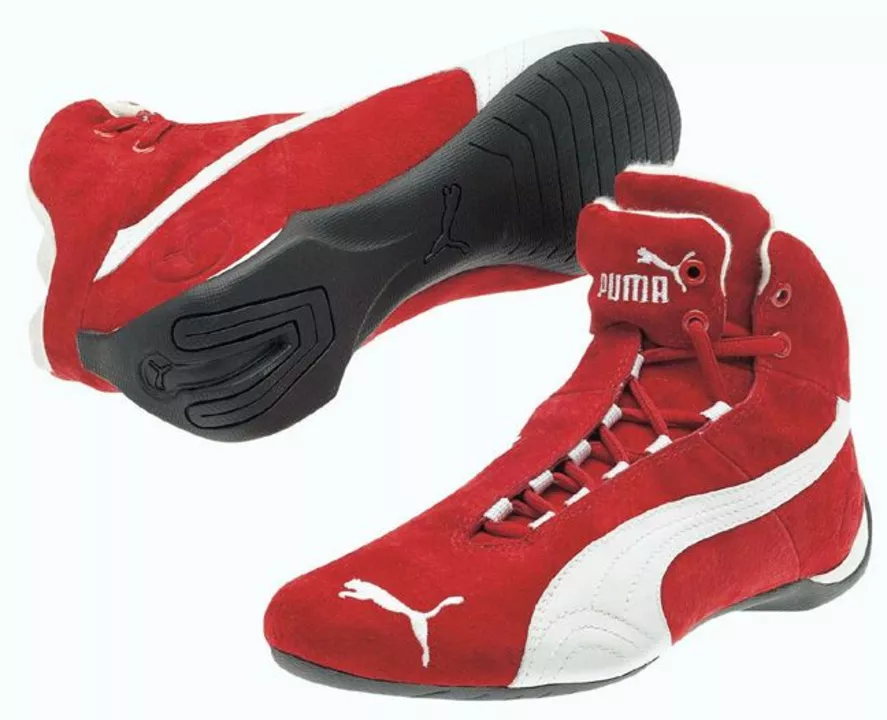Shoes in Motorsport – Performance, Safety and Style
When working with shoes, footwear built to protect a driver’s feet while enhancing pedal feel and control. Also known as racing footwear, they are a vital part of any race‑car setup.
First‑time racers often overlook the racing boot, a stiff, ankle‑supporting shoe made from carbon‑fiber or leather. A well‑crafted racing boot requires a snug fit, thin sole and fire‑resistant material, which together give the driver precise pedal feedback. Driving shoes, lighter, more flexible options for lower‑tier series serve a similar purpose but trade some fire protection for comfort. Both types sit inside the broader motorsport safety gear, the collection of helmets, fire‑retardant suits and harnesses that keep a driver alive on track. The safety gear influences shoe choice: a fire‑proof suit often means you need a fire‑rated boot, while a lightweight suit for sprint events lets you opt for a thin‑soled driving shoe. In short, shoes, boots and gear form a safety‑performance triad that every racer must balance.
Why does this matter for the broader racing world? The shoes you wear can affect everything from qualifying speed to how quickly you earn an FIA International Competition Licence, the credential required to compete in sanctioned international events. A driver who struggles with pedal feel because of a bulky boot may lose precious tenths of a second, costing pole position or a spot on the podium. Drifters, for example, rely on sticky rubber soles to modulate rear‑wheel slip; a mis‑matched shoe can turn a controlled slide into a spin. Even hobbyists benefit: a comfortable, well‑fitted driving shoe reduces fatigue on long endurance races, letting the mind stay sharp for strategic calls. As you scroll through the collection below, you’ll see articles that dive into the science of grip, the history of fire‑rated boots, and real‑world tips for choosing the right pair for your racing discipline.
- April 4, 2023
- Comments 0
- Motorsport
